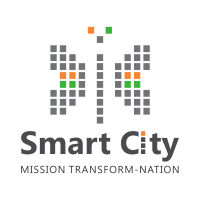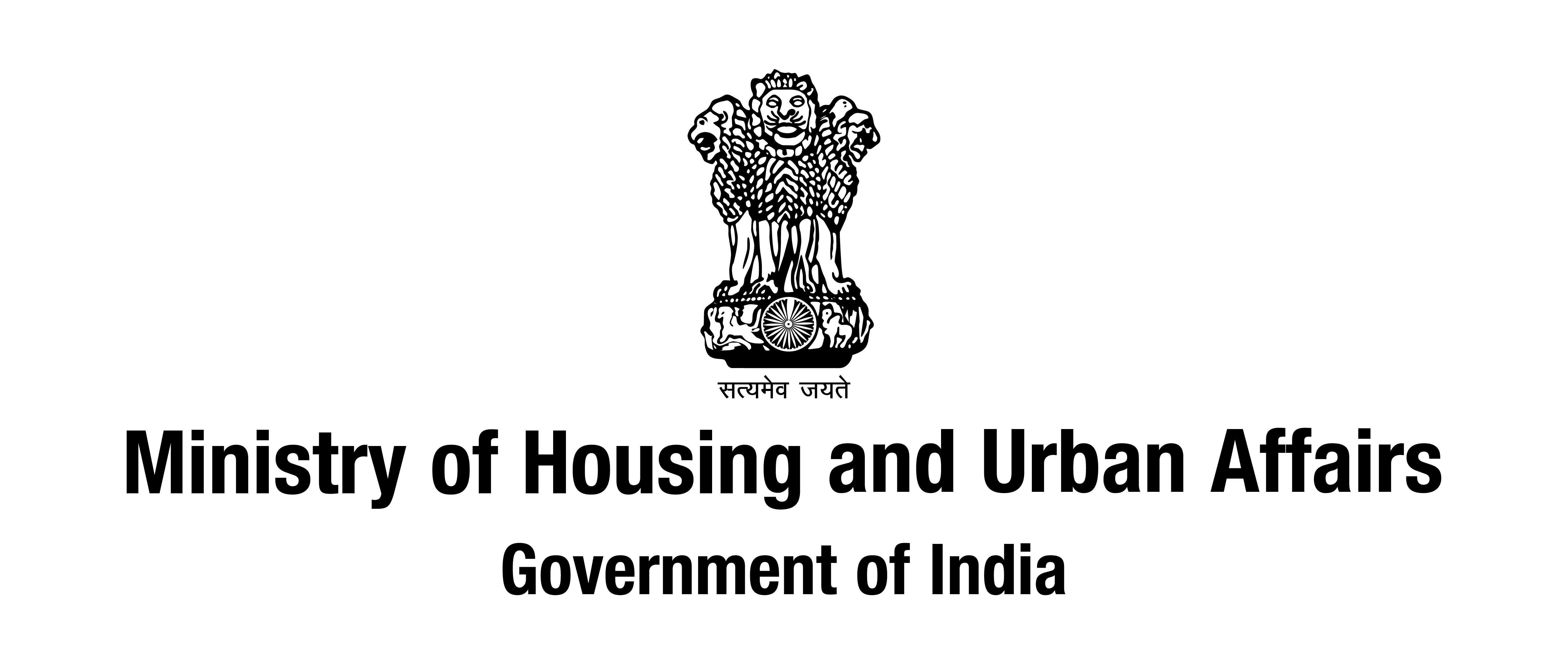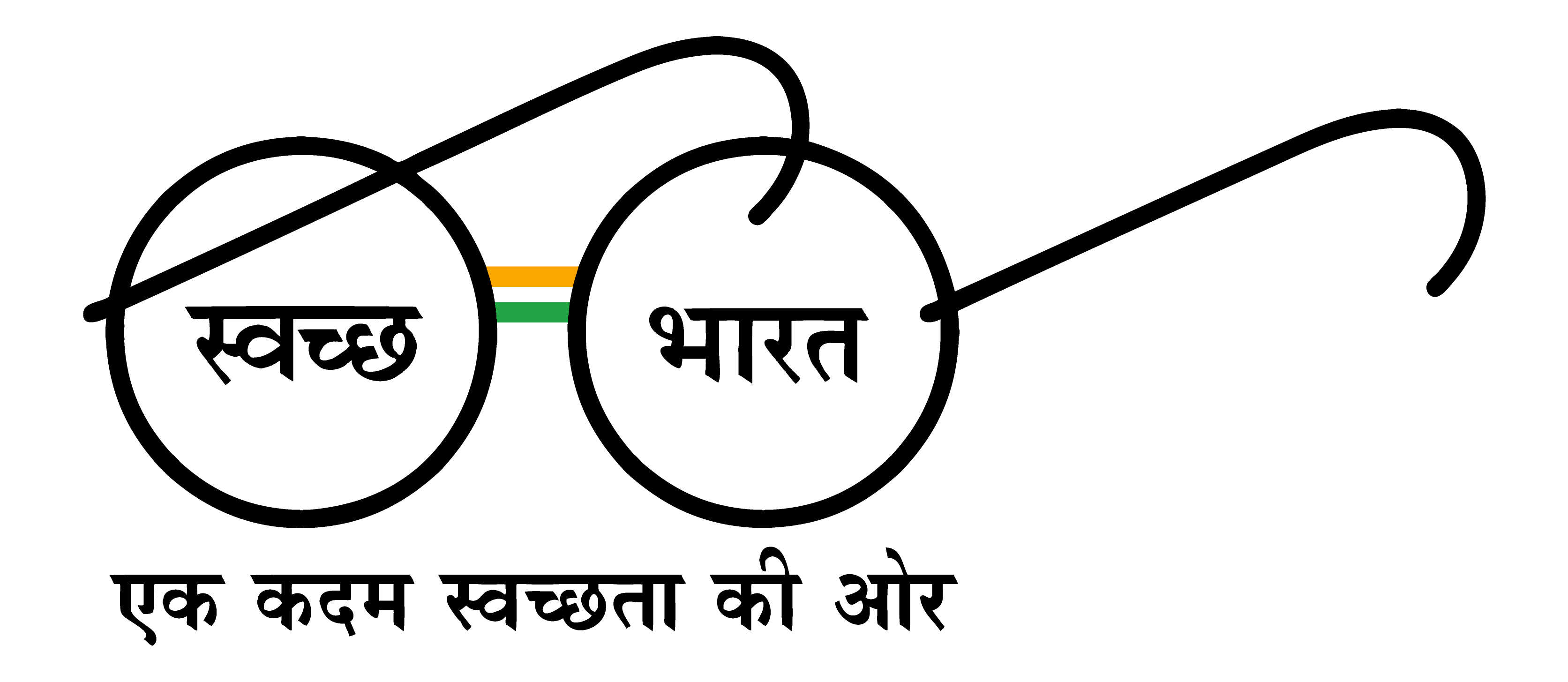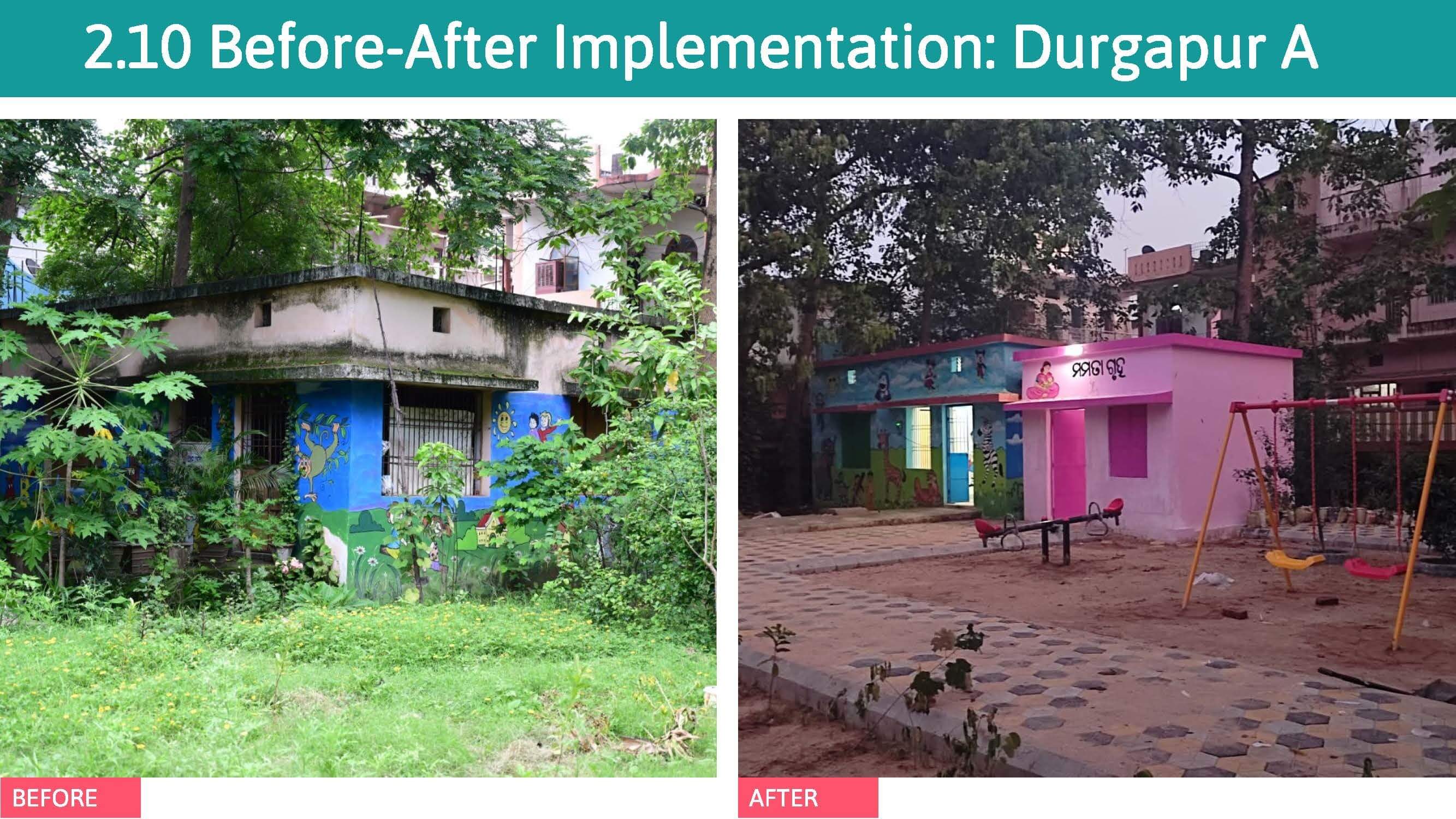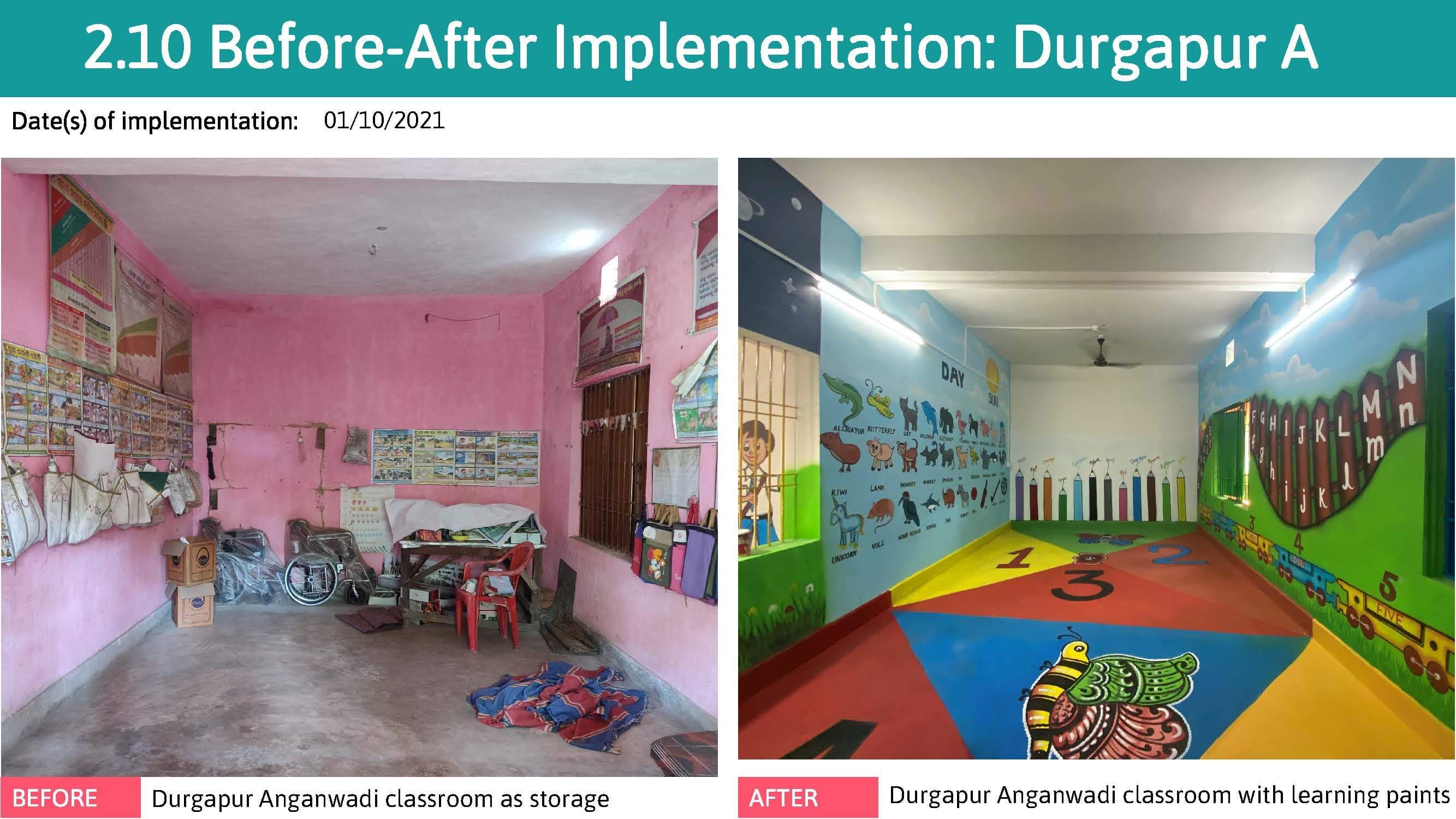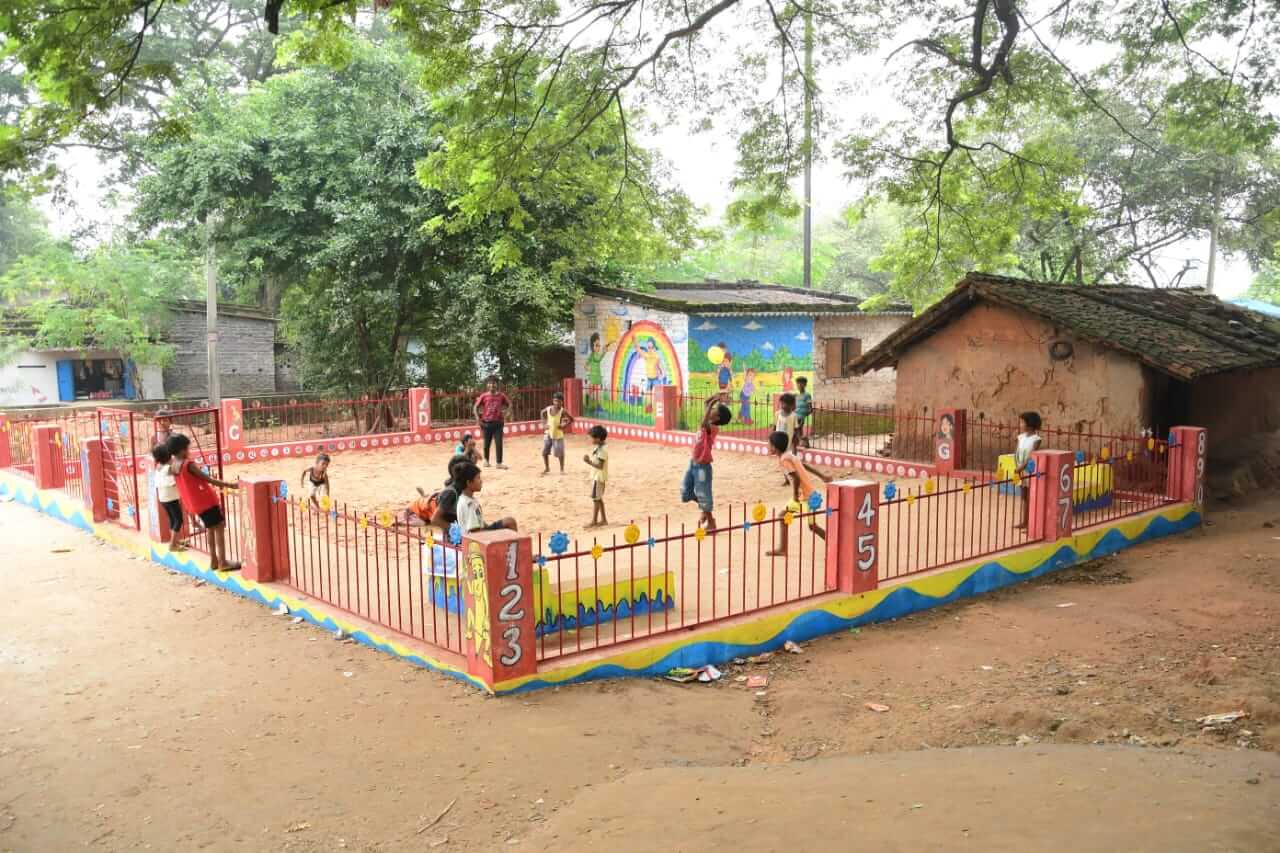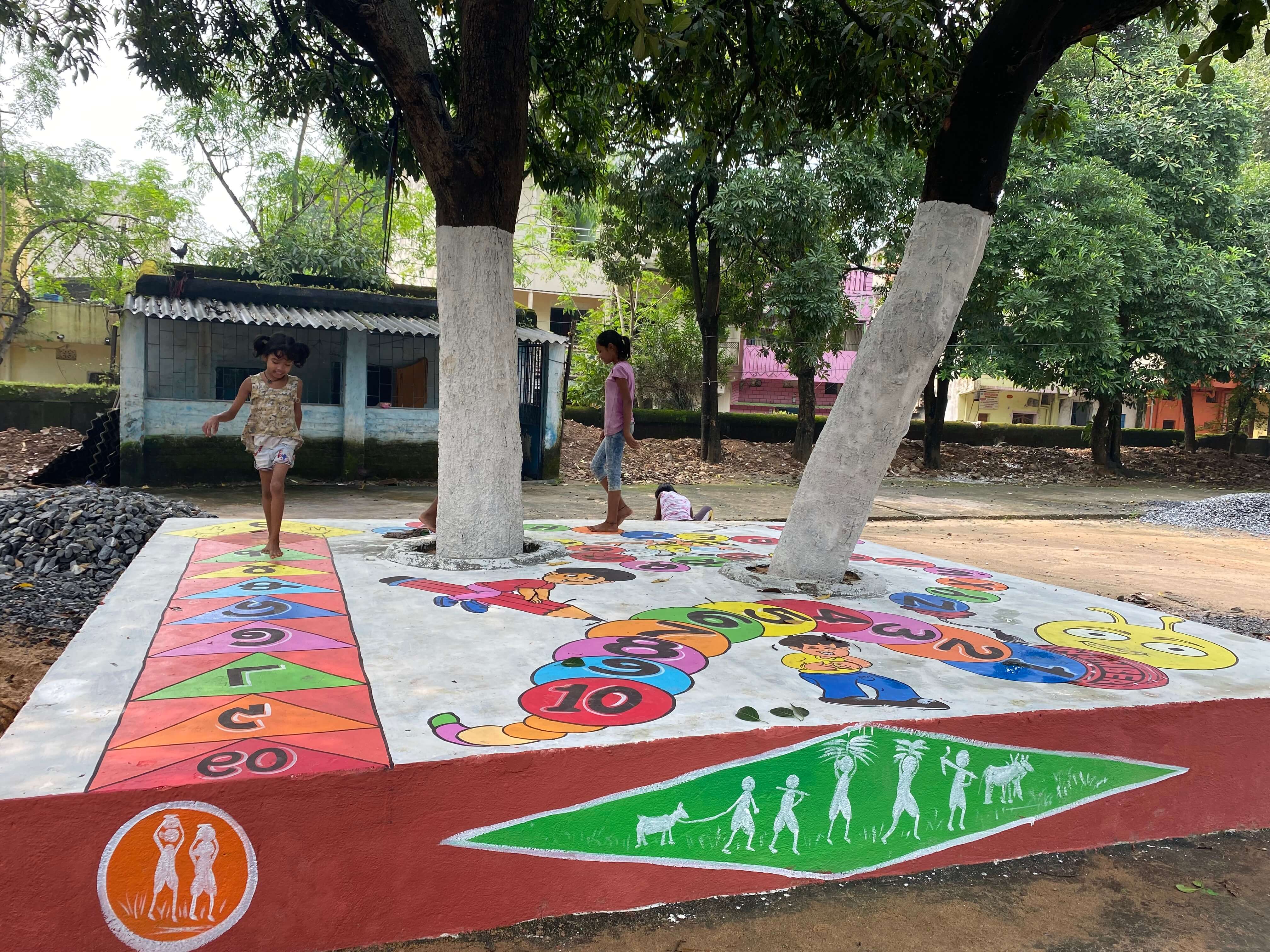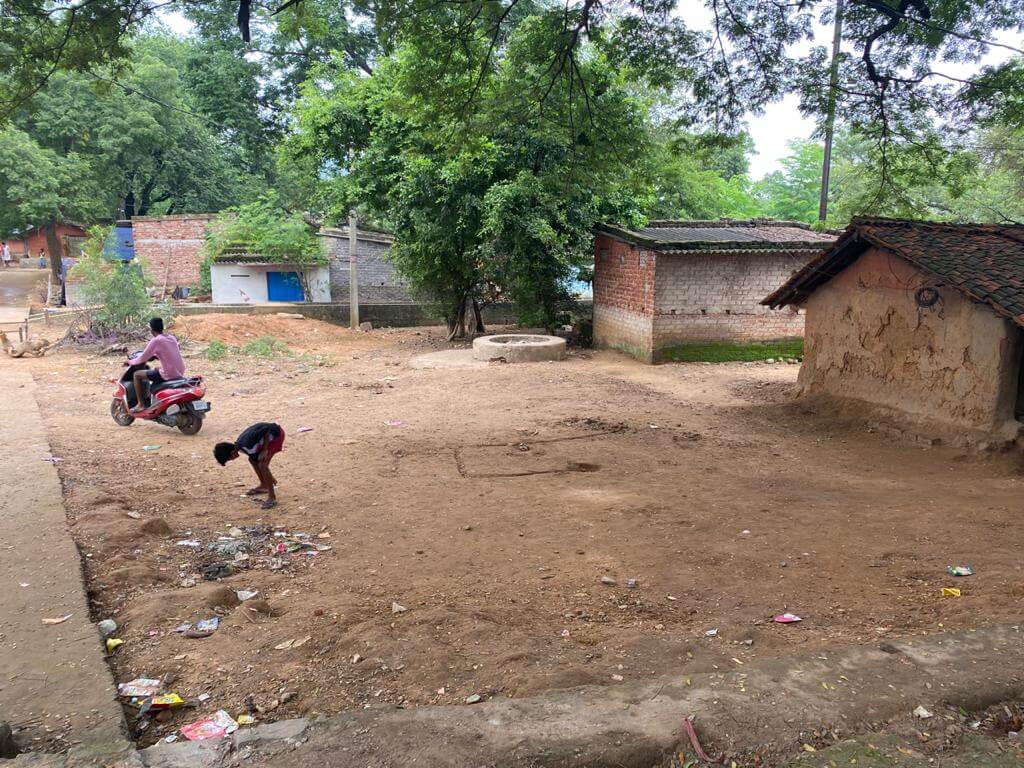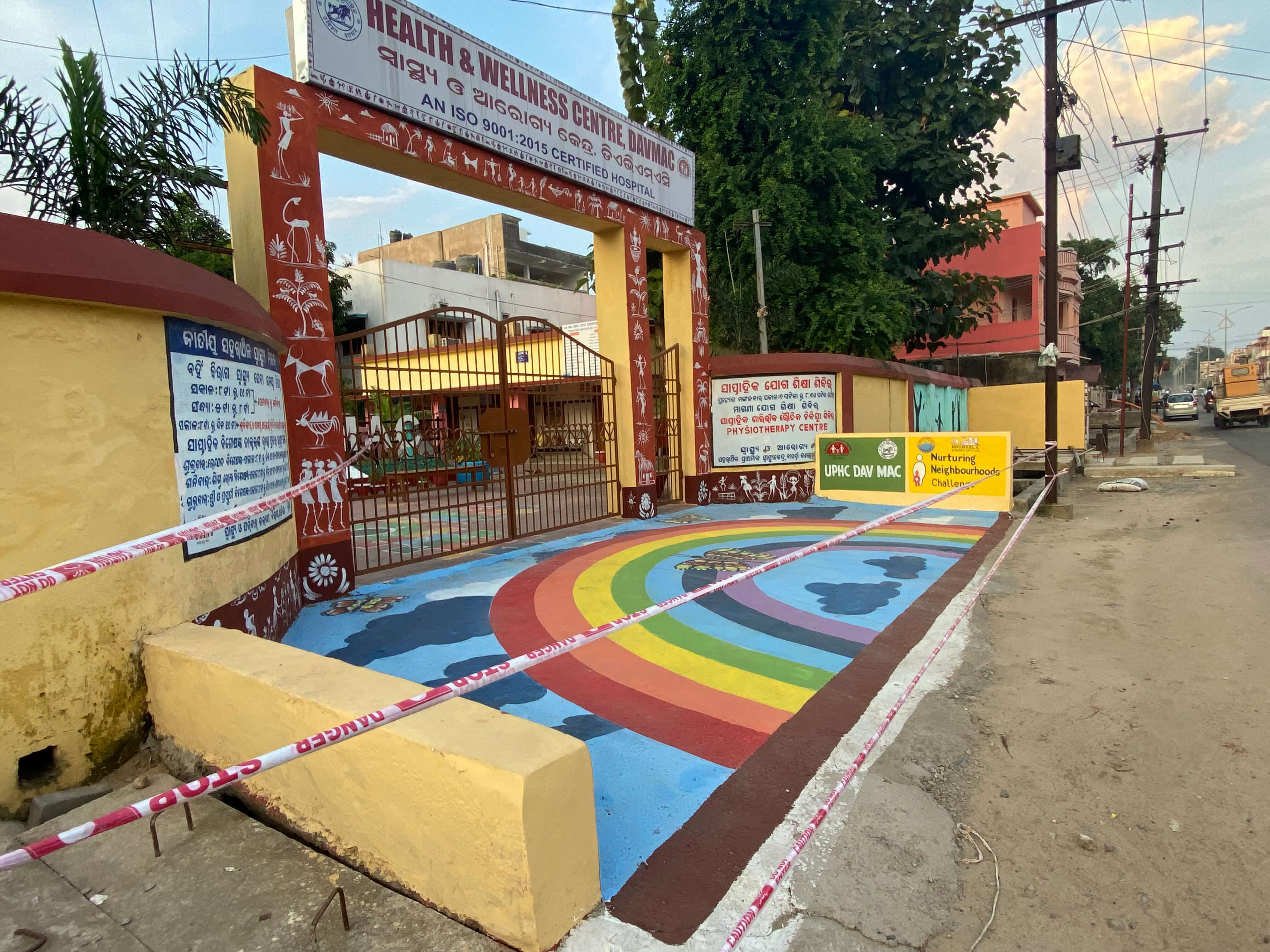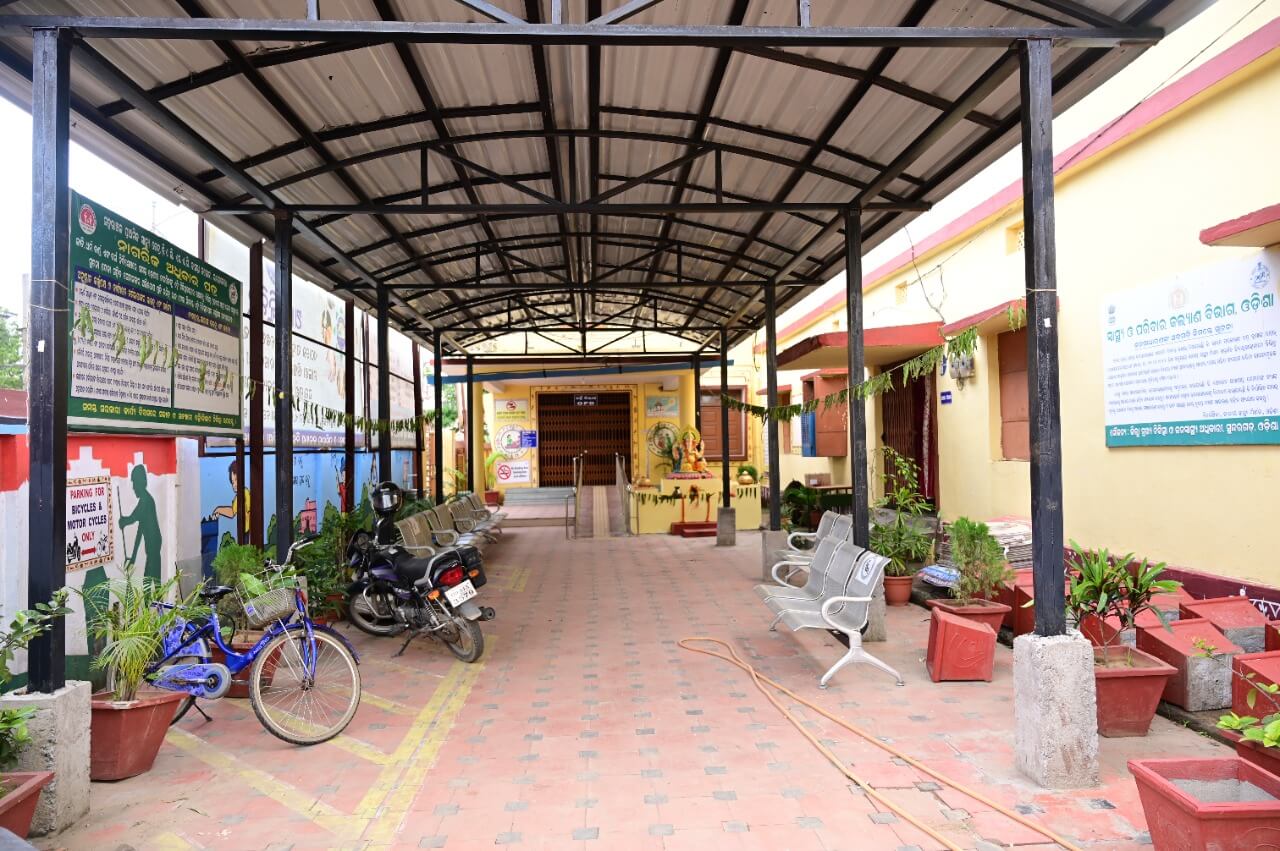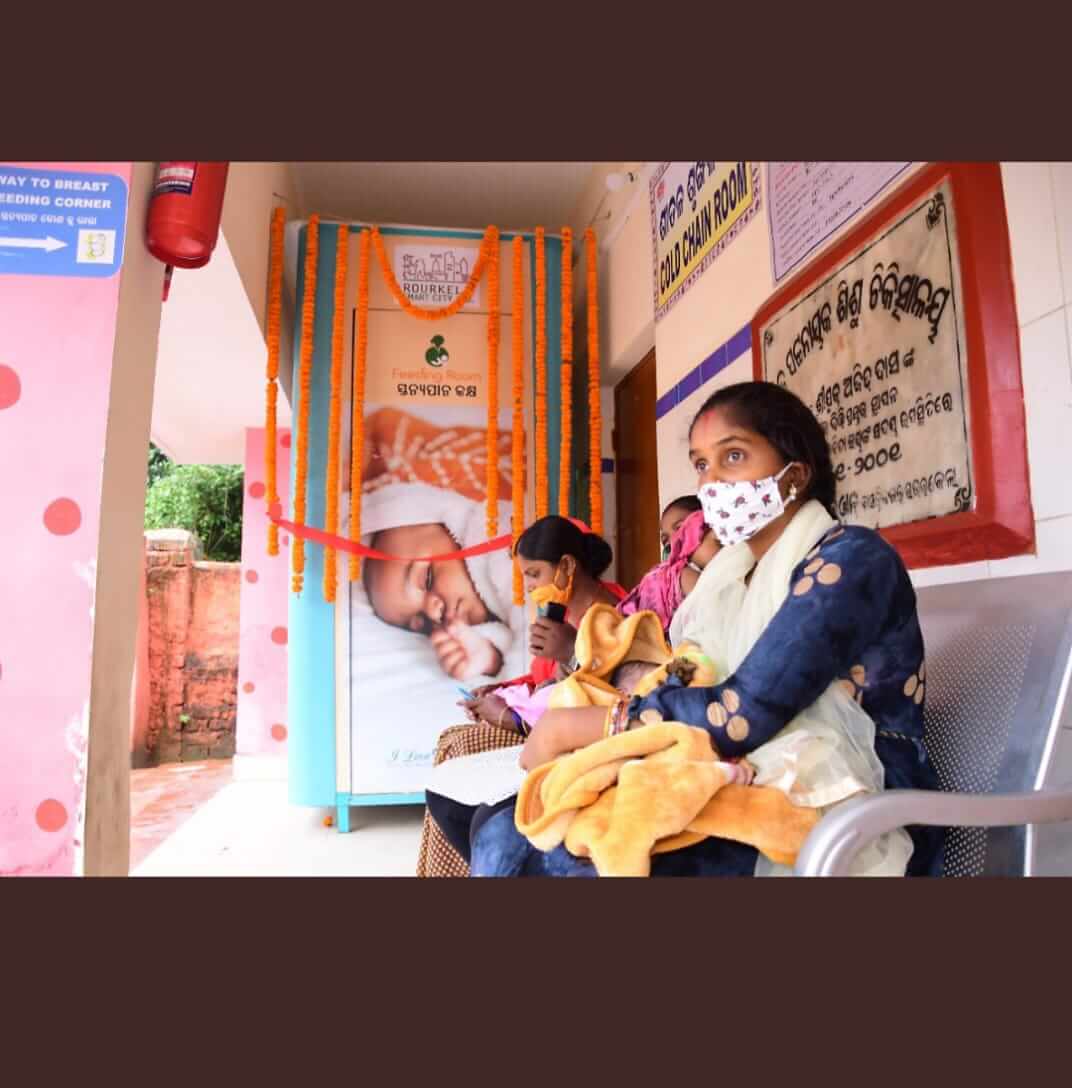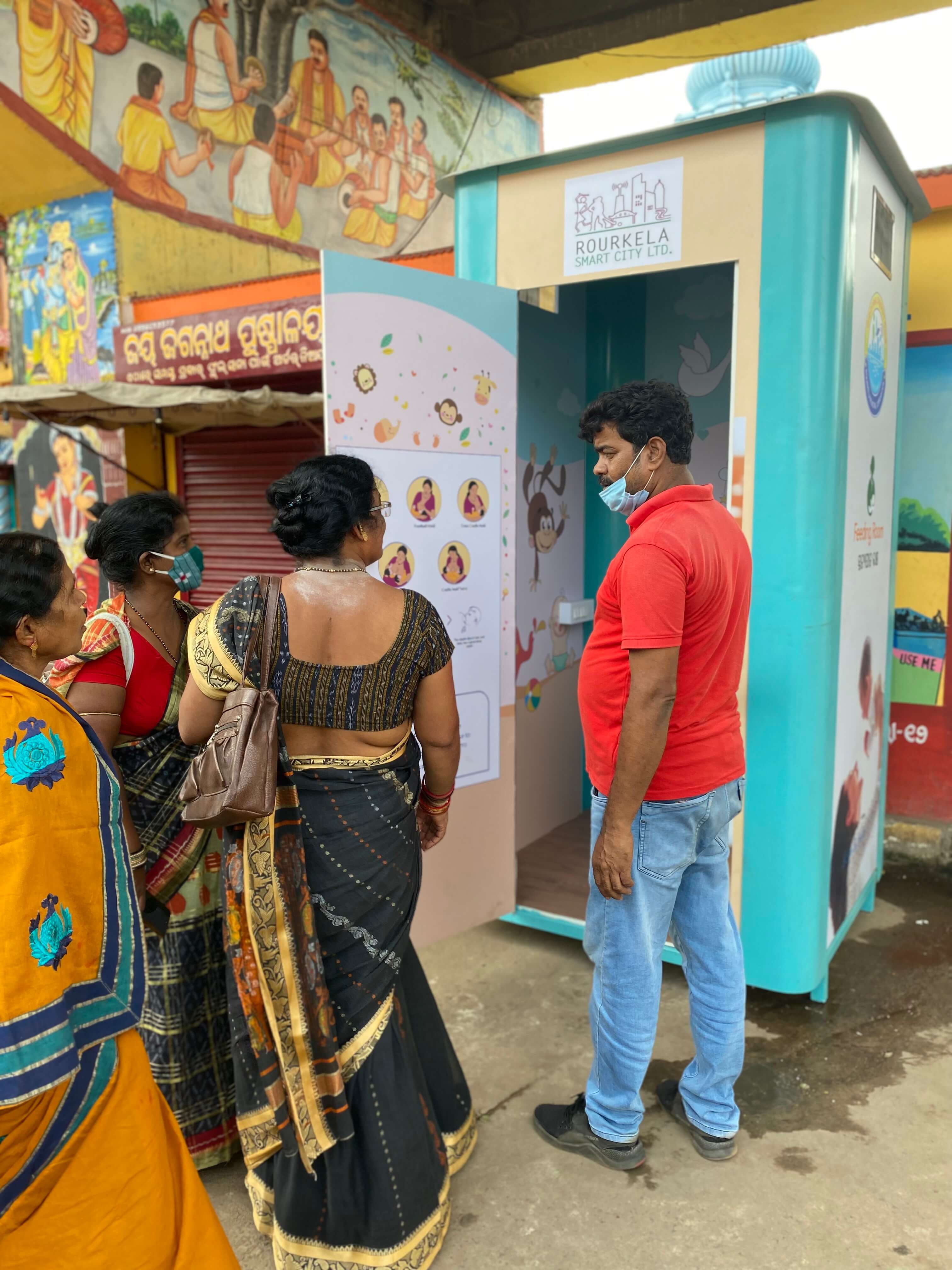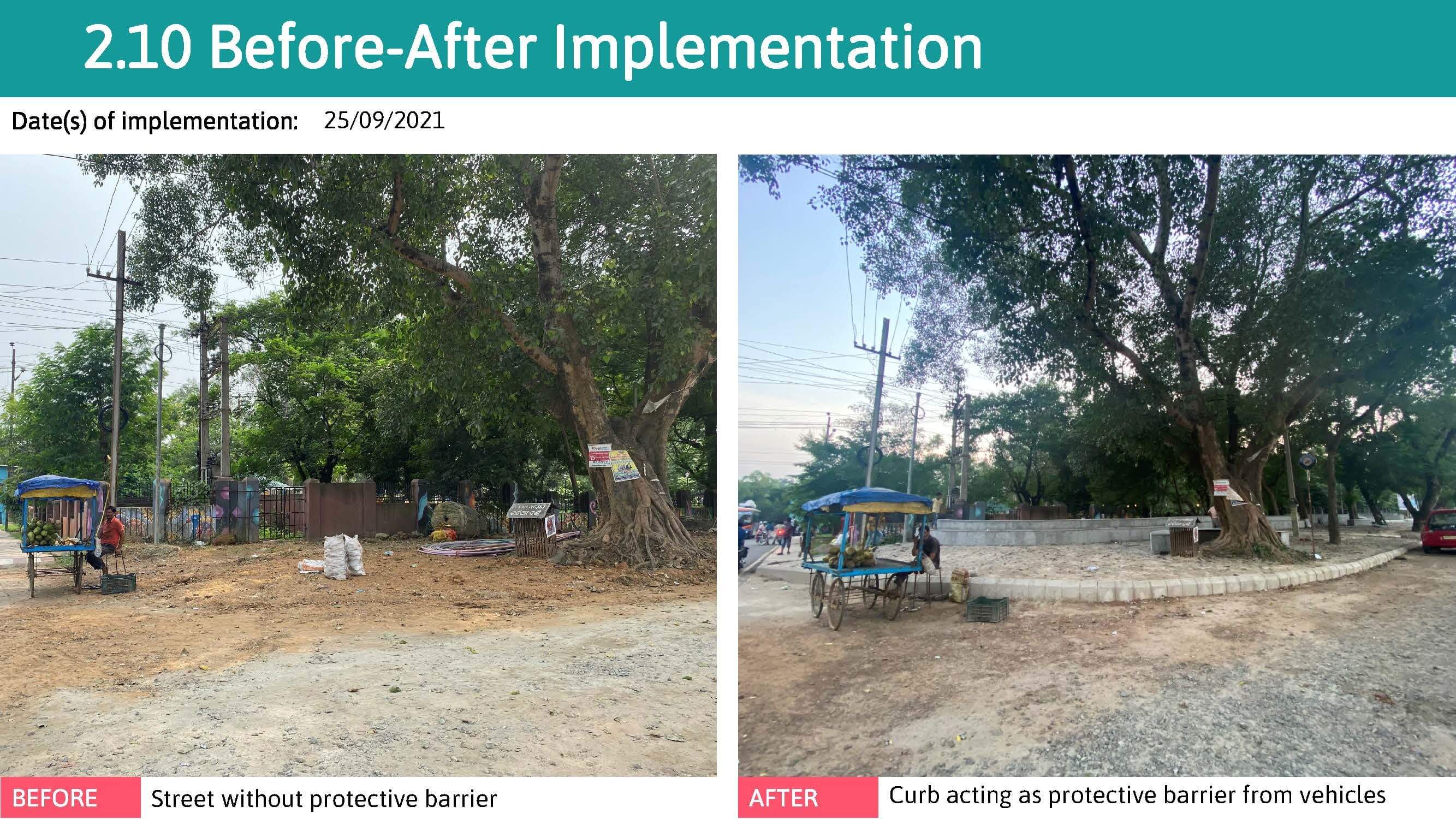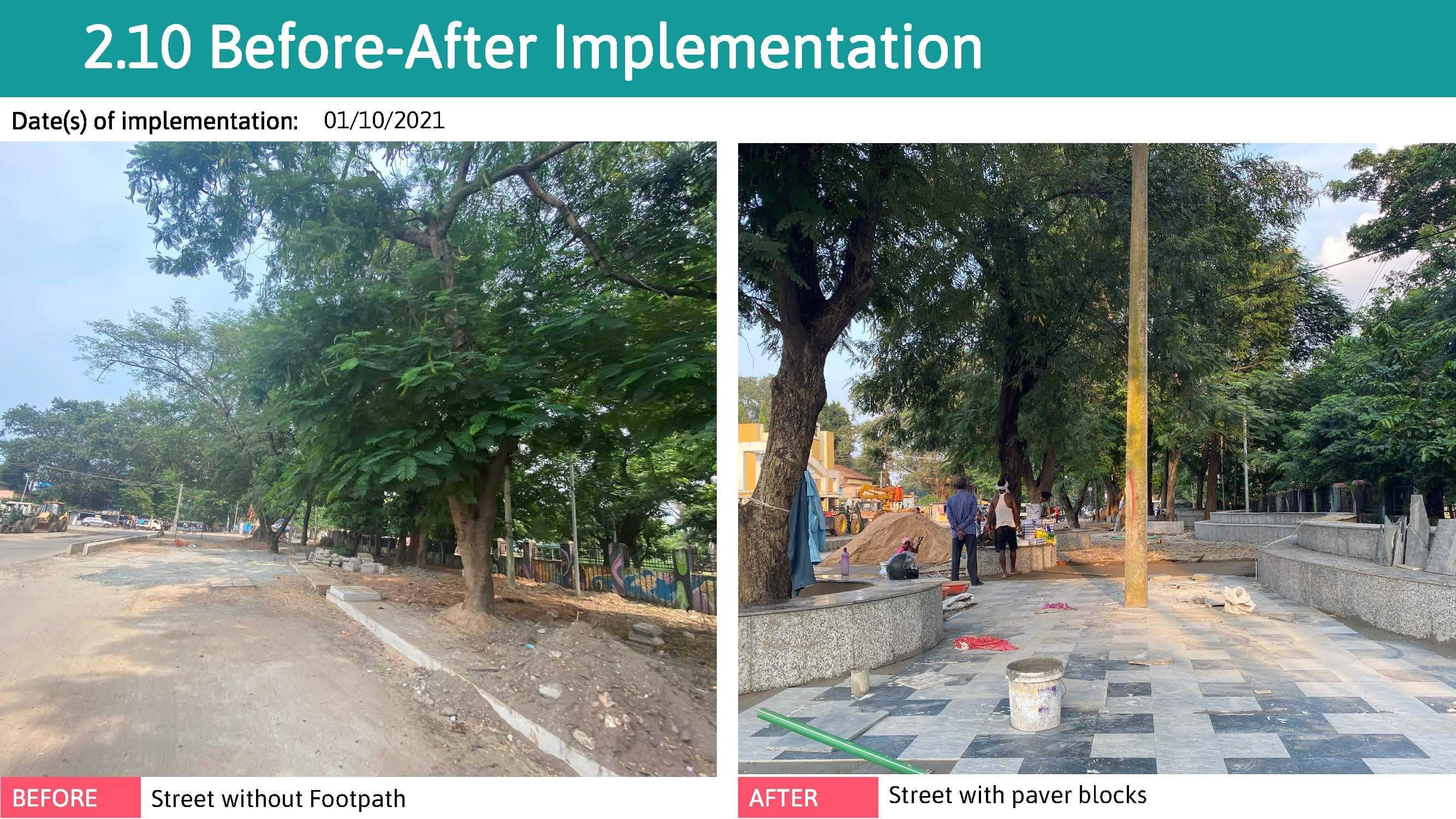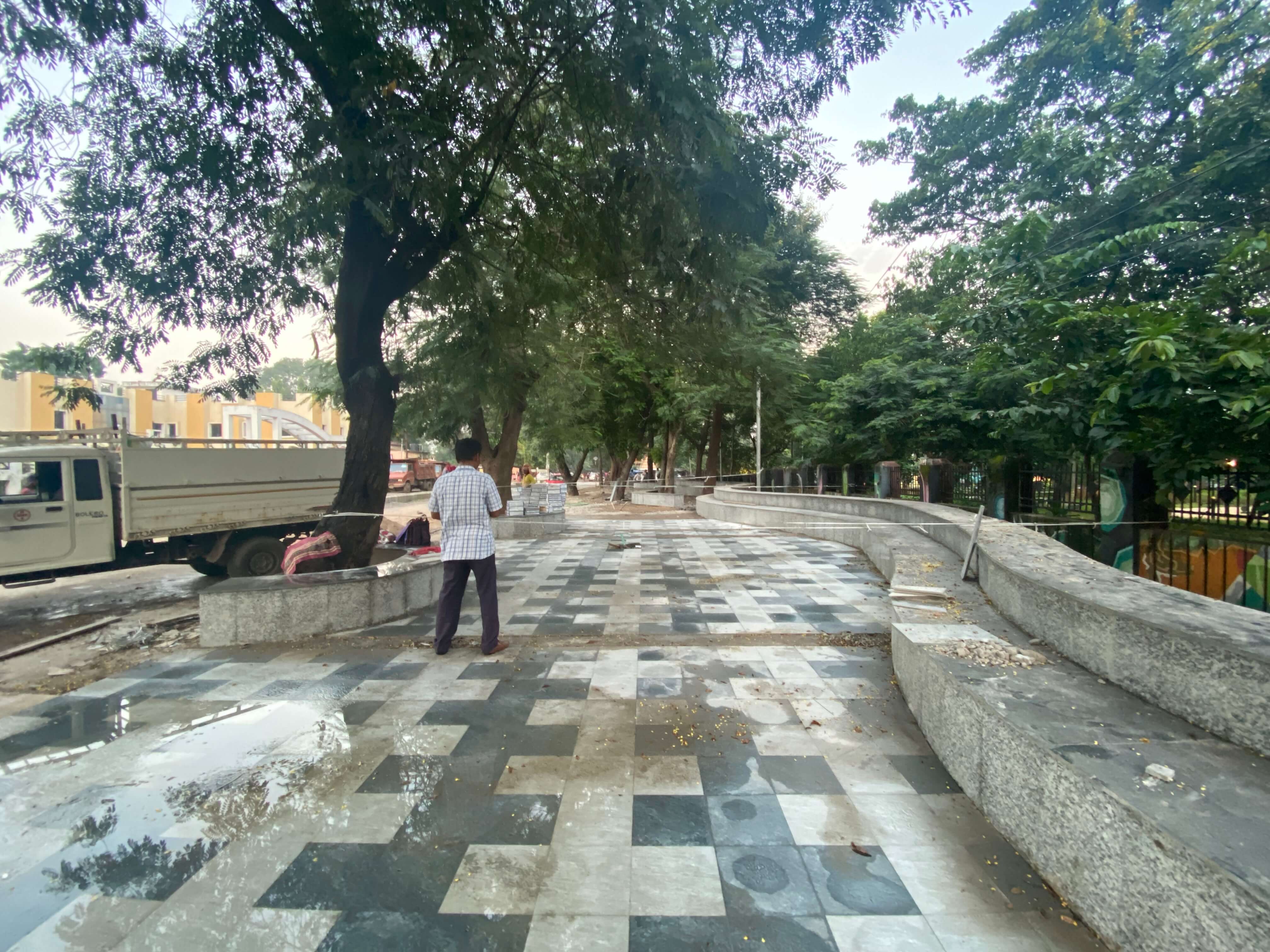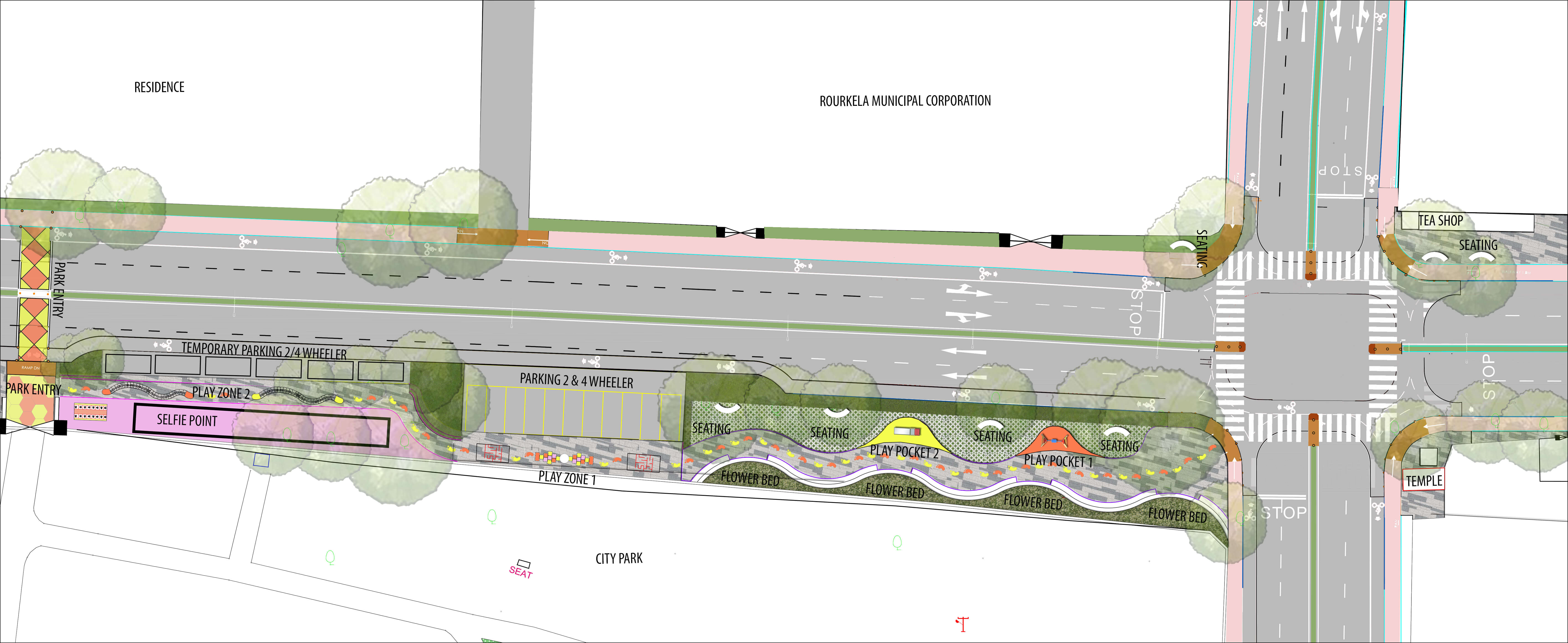About the City
Nodal Agency – Rourkela Municipal Corporation
City’s Vision
Rourkela aims to ensure safety for infants, toddlers and caregivers and provide educational infrastructure that will support early childhood development. They aim to achieve this through their research, knowledge and infrastructure support.
The neighbourhood is located in the municipal area where multiple early childhood facilities are located such as day cares and health centres frequently visited by young children and pregnant women. This area also sees a high footfall of young children with caregivers going everyday to nearby markets and public spaces.
News & Updates
Mr. Dibya Jyoti Parida, CEO, Rourkela Smart City Limited, launched the official promo video for Rourkela's Nurturing Neighbourhoods Challenge, talking about city’s plans to build safer, greener and more accessible spaces for infants, toddlers, and their caregivers.
The video has been launched with the aim to bring the needs and aspirations of young children and their caregivers to the forefront by spreading awareness about the initiative. It encapsulates the varying kinds of pilots which will be undertaken by the Rourkela Smart City Ltd. in the 25 cities Cohort Stage.
The city consulted anganwadi workers and caregivers in the neighbourhood and identified the need to reimagine anganwadis. Further 2 model premises were redeveloped with BaLA (Building as Learning Aid) concept, basic amenities, nursing stations, outdoor play opportunities for children and waiting space for caregivers were added. This has benefitted 150 young children and women and led to anganwadis becoming a key public space in the neighbourhood.
Children of leprosy affected people are the most vulnerable and often excluded section in the society. To ensure inclusive play opportunities for these underserved children, new play space of 200 sq.m. was created within the slum by repurposing residual open ground, adding simple play and learn elements and seating areas for caregivers. This has led to the creation of formal play space for around 30 most vulnerable children.
This Primary Health Centre (PHC) serves around 10000 people in the neighbourhood whereas the access route had open drains, electric transformers, unorganized parking and deserted areas and was perceived unsafe. The city closed the open drains and created footpath along the premises, added play spaces for children, waiting space for women, breast feeding pods, and a traditional herbal garden. This has made the PHC safer and friendlier for children and women.
Women often find it inconvenient to feed their babies in public spaces, which leads to reduced time spent out of home. To change the scenario, the city introduced multiple lactation pods in public park, market, governmet office and at early childhood services. This has encouraged women to travel with their babies and raised awareness among the community regarding healthy breastfeeding practices.
This street connects to a city level park with the residential areas. However, it lacked a dedicated pedestrian space and making it unsafe for pedestrians accessing the park. The city revamped the 70 m stretch of the street to develop a dedicated footpath space with buffer from vehicular traffic, and seating shaded with trees at regular intervals. This has led to increased safety and convenience for everyone using the street.
.png)
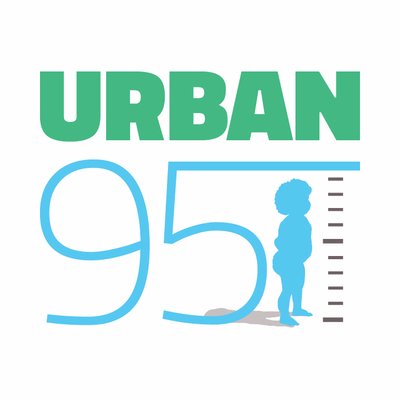
.png)
